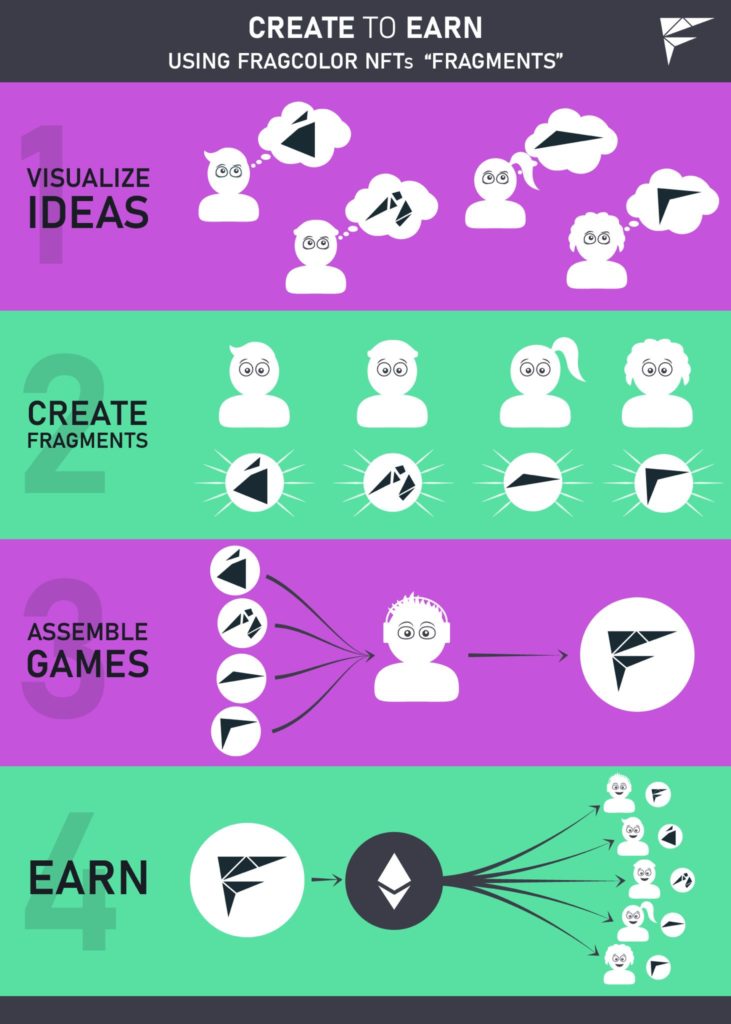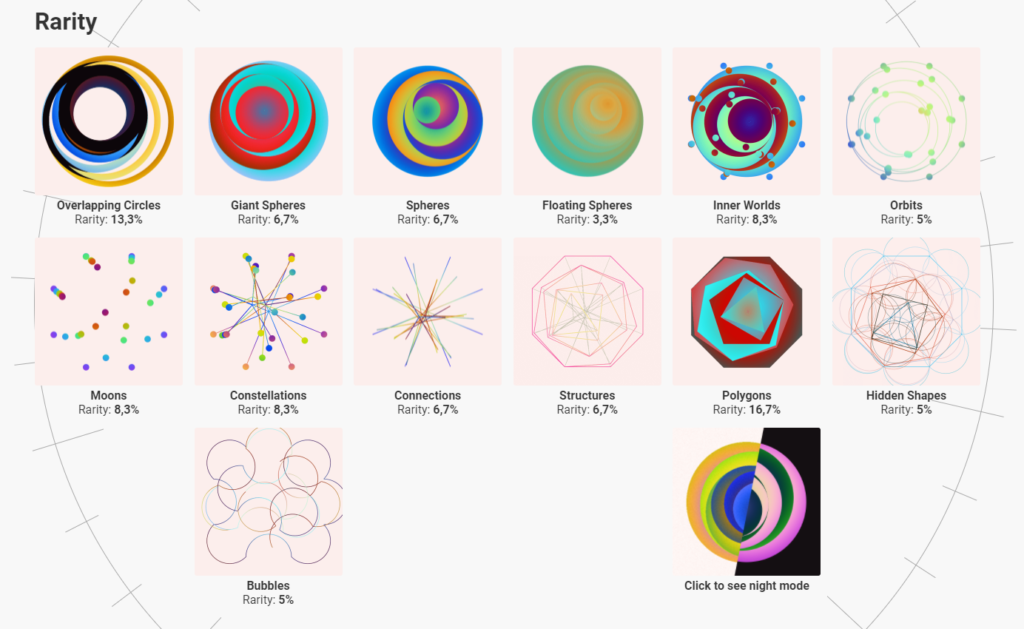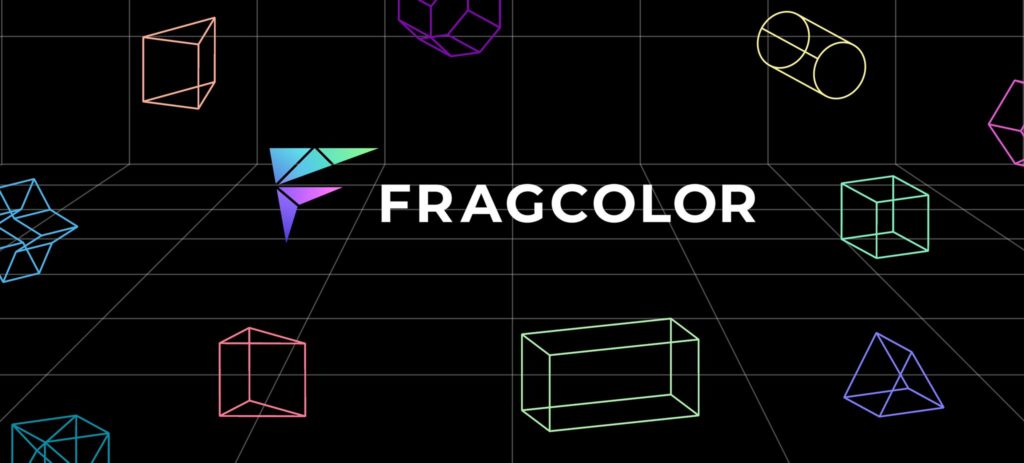“The Metaverse requires an open world programming model that doesn’t exist.”
Tim Sweeney – Epic Games (Unreal Engine)
Imagine a world where a video game can be fragmented into its varying components, and each component’s creator is fairly compensated in perpetuity through the blockchain. This “create to earn” model is a play-to-earn spinoff being spearheaded by Fragcolor – a company that is building the Decentralized Gaming Engine for the open metaverse. They are developing programs and Dapps mainly targeted towards video games but their engine has a number of other web3 use cases as well.
According to their website, this create-to-earn initiative is “building an environment that provides ownership rights to its users and the right tools to establish new forms of monetization.”
It is hard to disagree with Fragcolor’s criticism of “closed systems” and the legacy infrastructure that exists for game developers. Too many are over-worked and underpaid while building immersive and profitable worlds that are full of life and stories. For too long, creators in the gaming space – namely writers, coders, and designers – have been viewed as tiny cogs in the massive machines that are major gaming projects.
Fragcolor aims to make sure that blockchain gaming changes the way the industry works. Their entire business model “rests upon the shift from gaming companies’ gatekeeping toward a direct peer-to-peer model.”
When the processes are more streamlined and revenue is transparent for all involved, there is an entirely different system at play. All the overarching project expenses can be included in the majority share of the revenue while creating a clear fractional agreement on the smart contract for developers to get their own fragment of future sales forevermore. By using Fragcolor-native “NFT Fragments,” each creator can create their fragments on the blockchain then receive compensation from their fragment in the assembled game.
For example, if one person creates the visual assets for a set of 3D wheels and another person creates the code that allows those wheels to roll around in the metaverse, the Fragcolor ecosystem will mint each asset as Fragment NFTs and they’ll function as a blueprint on the market. Then any time those NFTs are used for any in-game assets, both creators will be compensated automatically.

This could be a more equitable and decentralized way to execute gaming projects and create more value for developers as compensation for the experiences they make possible.
With the explosion of free-to-play games like Fortnite and Apex Legends, the real value of games are starting to come from their in-game assets that users want to pay for, such as weapons, clothing, or vehicles. These assets also offer an opportunity for community involvement as the game continues to build and offer new content for each new season. Looking to a future where blockchain games are free-to-play and capable of AAA quality, you can see how compensating creators for their specific contributions (or fragments) would work well in the open metaverse.
The potential for blockchain technology to create an entirely new layer of value and ownership within video games is only beginning to be realized, with games like Gods Unchained and Chain Guardians already utilizing the function for virtual card games. And of course, Axie Infinity, which passed $1billion in sales this year, has been gamifying their collectible NFTs, and successfully creating wealth for their community since 2018.
On the horizon, we see games like Sidus NFT Heroes (ETH) and Star Atlas (SOL) utilizing higher-resolution 3D graphics that are closer to high-tier games you find on consoles like PlayStation or Xbox. These games offer NFTs that serve as your main character in the game and NFTs for items in the game like weapon upgrades or modes of transportation. This is the next phase of play-to-earn functionality, where each in-game asset is an NFT. It makes sense that this should be available on the creator side as well.
The Fragcolor lineup of products includes the Hasten Creativity Engine to build apps, games and open worlds; the Chainblocks game engine and high-quality scripting tool; and the Clamor protocol and networking stack that serves as the foundation for their technology.
This technology has allowed for a very interesting art NFT titled ‘Endless by Pau Rosello’ that incorporates the action of minting into the artwork, which is “made by metaprogramming pixel shaders – creating programmed systems that create systems, producing the art.” The Fragcolor tech allows collectors to affect the final NFT background based on whether they mint during the day or during the night.

Like so many in the NFT space, their ambitious roadmap is still in an early phase and they are working on the launch of their $FRAG token which is required for participation in their ecosystem.
Follow Fragcolor on Medium to stay up to date with their development roadmap.
“The magic of the tech lies in the fact that when the developers include Fragments inside their own game, they will automatically distribute royalties to everyone that contributed directly or indirectly for as long as the game lives.” – Fragcolor, Medium



